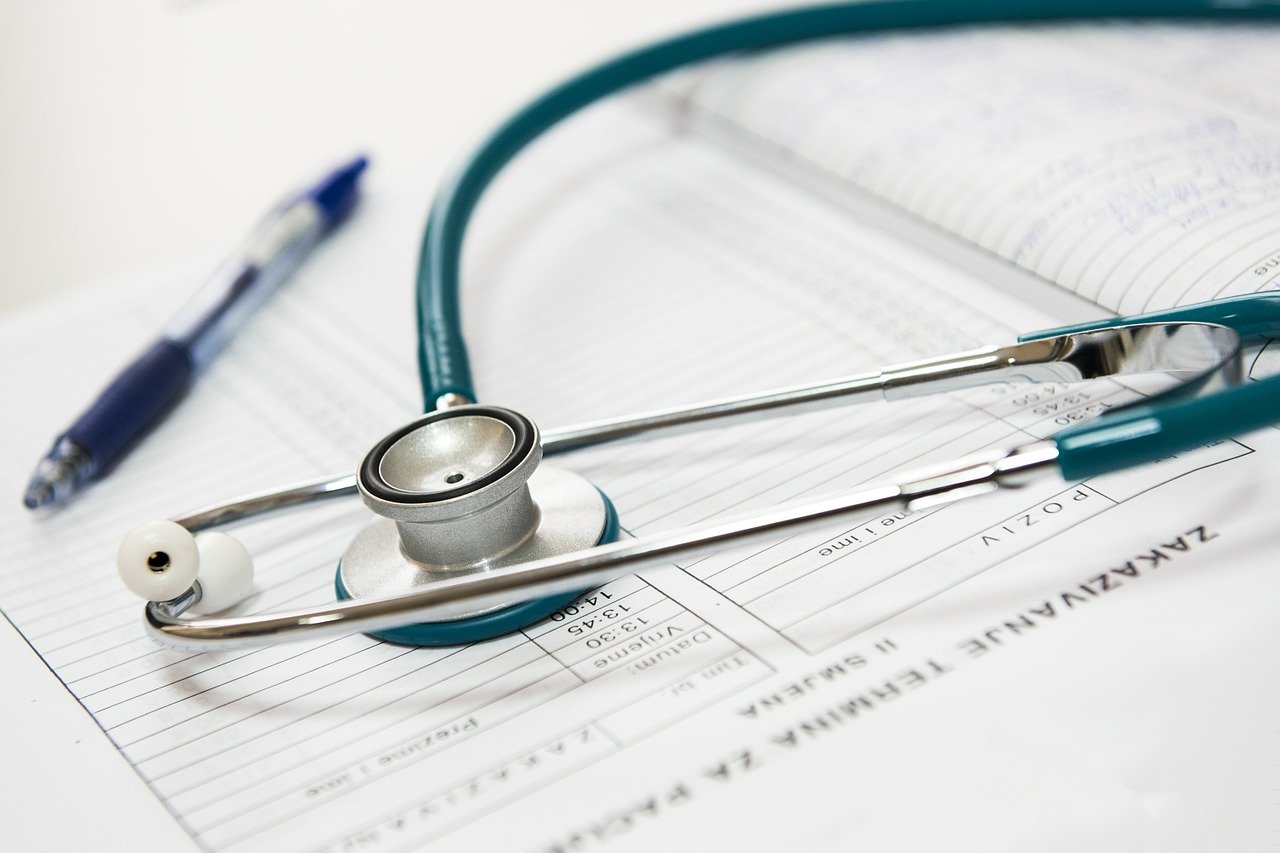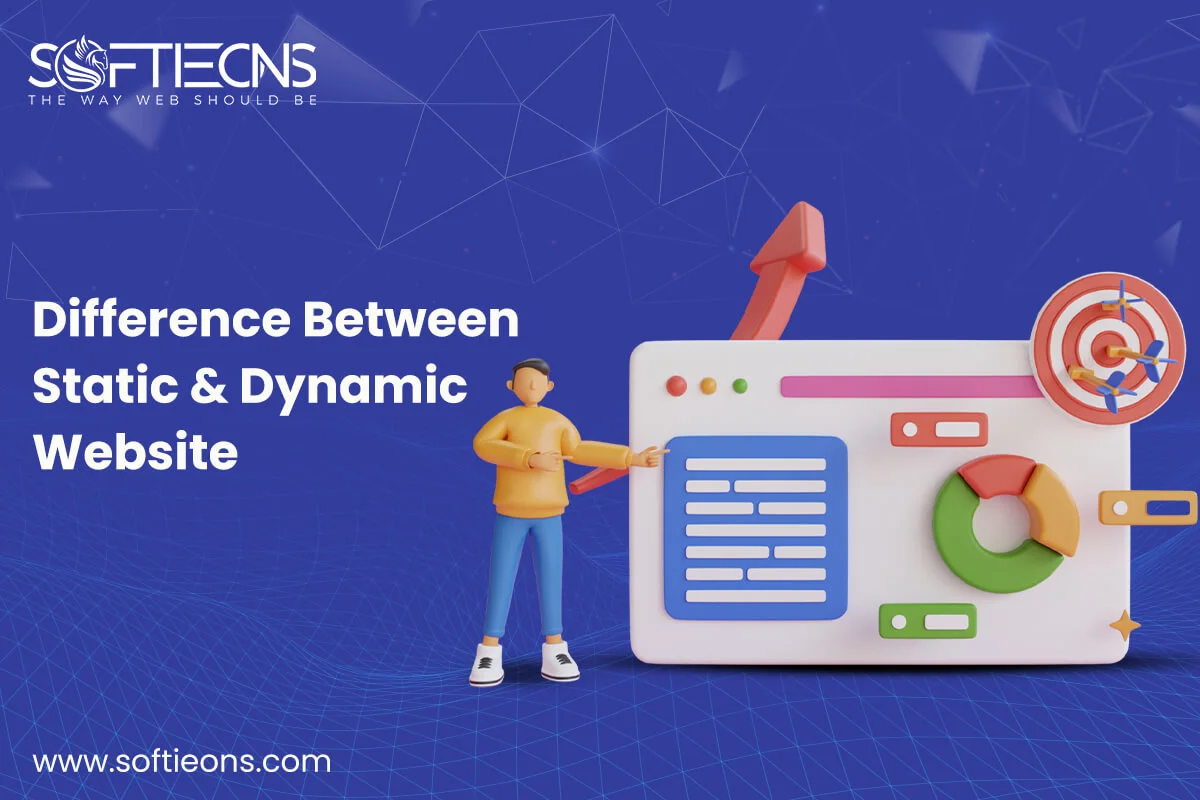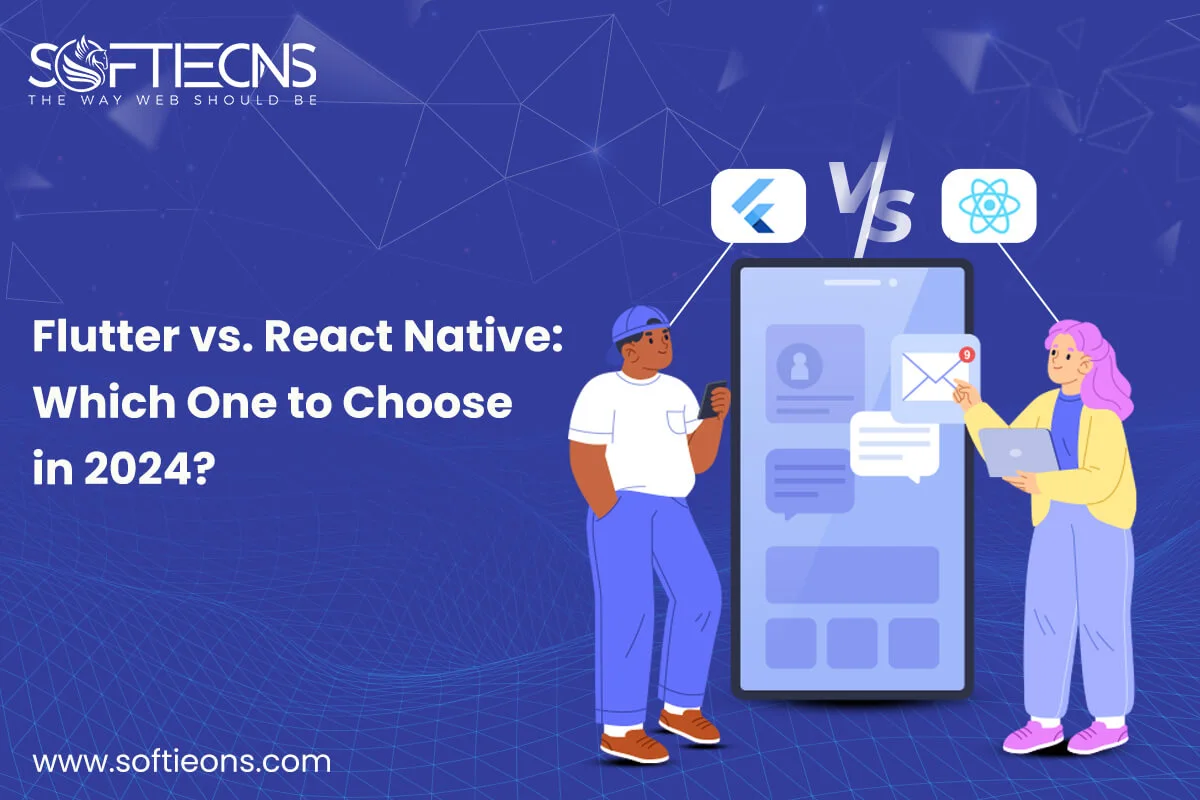Importance of healthcare software disaster recovery plan
Sat, 10 Apr 2021
The healthcare industry is attractive to hackers when it comes to cyber-attacks for two main reasons: it is one of the fastest-growing industries, and it has a treasure trove of corporate and personal information. It has been proven so popular that it has become the second-largest target for cybercriminals, right behind government institutions. Healthcare organizations are routinely hit by both DDoS and bot attacks, and malware. Looking beyond cyber-attacks, the healthcare industry also faces several other threats that make the recovery of disasters a necessary action item.
Here are some reasons why disaster recovery is essential to healthcare:
- Protecting records and personally identifiable information
The healthcare sector has become almost entirely paperless. All departments rely heavily on electronic data.
Additionally, portals have grown in popularity, offering patient access to records 24/7, smartphone healthcare apps are becoming more prevalent, and healthcare providers rely on access to their applications and the data stored within them to treat their patients appropriately.
Simply put, data loss is an unforgivable sin in healthcare, and downtime has a huge cost, so high that every effort should be made to prevent it.
- Reducing Complexity to Avoid Downtime
It is incredibly challenging to manage health information technology (HIT). Think of the image of a performer spinning plates on dozens of poles. As a result of this complexity, healthcare organizations were challenged to find a way to protect their critical data and applications while managing the chaos and dealing with the gauntlet of regulations, compliance, and constrained budgets.
An effective plan for recovering critical applications and data from disasters will focus on simplicity and automation and replicating virtualized, private cloud environments to a secure cloud provider which IT leaders are looking for to protect against downtime. This approach removes much of the complexity of trying to go it alone for DR, but it still gives control to the healthcare organization and peace of mind knowing that their data is secure under their management.
- Identifying potential Dr. Plan pitfalls
Regular network and systems testing will help disclose any potential problems with a disaster recovery plan. In the event of a disaster, testing also keeps employees up to date on their roles, allowing them to rehearse best practices.
Additionally, regular testing will help confirm or improve thresholds for targets for recovery time (RTOs) and recovery point (RPOs).
- Keeping in compliance with data protection laws
Data lives in multiple locations and often clouds. Finding a way to manage and protect this data easily is a challenge that cloud service providers have helped address. Ensuring compliance (and avoiding the heavy fines that come when errors occur) is something that should be part of any solution for the recovery/data protection of disasters.
If you’re in the healthcare business, you can carry huge amounts of personal, sensitive, life-changing records. This process means that you are a prime target for hackers, or that a data breach will devastate you.
Every IT support team in medical practice should be aware of the need for good practices, solid cyber defense, and a plan for recovery from disasters. Softieons Technology is an experienced company that supports business technology.
POPULAR POSTS
Shopify vs. WordPress: Which one is best for e-commerce?
Wed, 07 Apr 2021Role of IoT in the Real Estate Industry
Wed, 14 Apr 2021Why UX And UI Is Important For Mobile Application Development
Sat, 01 May 2021Telemedicine's Advantages in Nursing Homes
Fri, 24 Dec 2021RECENT POSTS
Difference Between Static Website And Dynamic Website
Wed, 24 Apr 2024Flutter vs. React Native: Which One to Choose in 2024?
Mon, 22 Apr 2024Exploring the Benefits of Professional Website Design Companies
Fri, 29 Mar 2024Understanding The Role Of Web Design Firms
Fri, 22 Mar 2024









